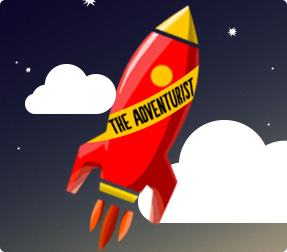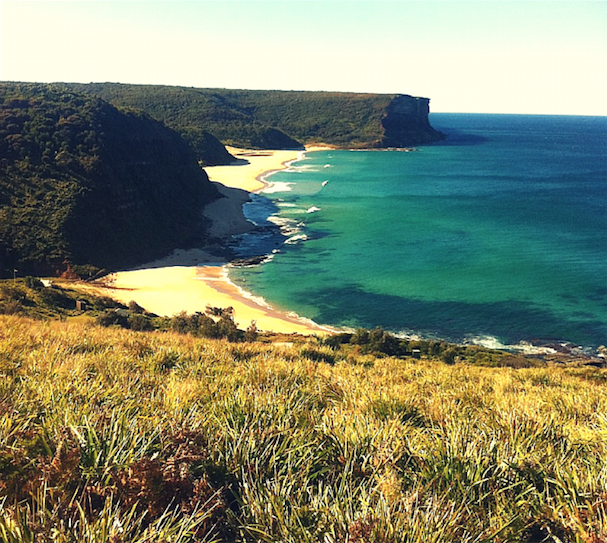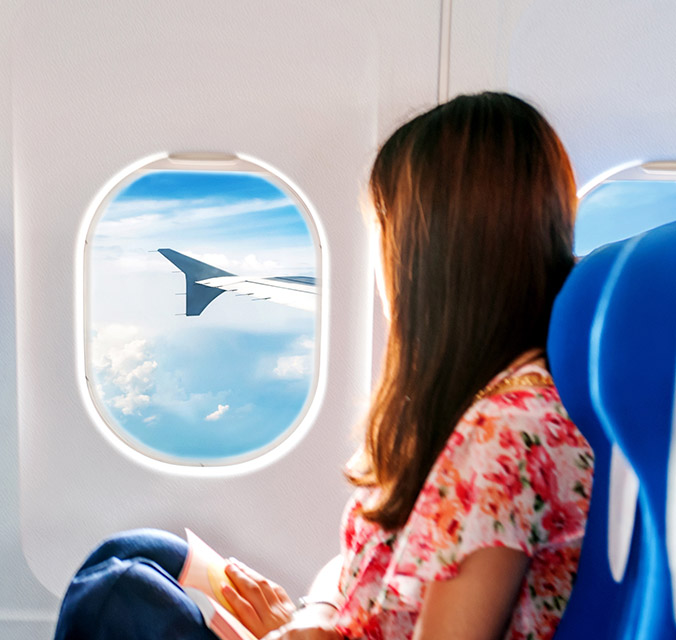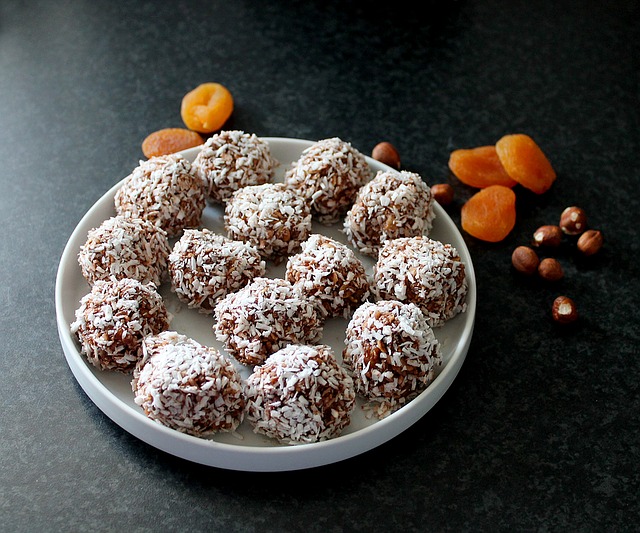Whether you’re from Sydney or Sorrento, Brisbane or Broome, chances are if you are travelling domestically within Australia, you will be able to find a great meal in a great location for a suitable price.
Throw in a foreign language and an unfamiliar city however, and you’re immediately at risk of a rumbling tum (a travelling foodie’s worst nightmare).
So how do you find a truly memorable meal while travelling? Check out our top five tips…
1. Throw away the tourist guide
Similarly, don’t bother with the advertising material in your hotel lobby. Tourist guides are for tourists. We are food connoisseurs destined and dedicated to finding the best bites, the most memorable meals and finest fare. Get out and about (maybe pack a snack just in case), and find where the locals love to eat. You’re guaranteed an authentic meal immersed in the colour and culture of your destination.
2. Splash out (even if only once)
Sometimes there’s a good reason why something is expensive. We don’t mean a pair of Louboutins. You can’t eat shoes. We’re talking about that moment when you feel like all the world’s wonder is in your mouth. When you can’t help but make that annoying approving face while nodding enthusiastically at your fellow diners. Cost doesn’t always equal quality, but if you do your research you can find that luxe meal that’s worth its weight in gold.
3. Know the etiquette
Those who appreciate food as much as we do will know that it’s equally about the experience as the taste. For this reason, we recommend researching how your meal is to be consumed. There is nothing better than scooping up a mouthful of piping hot curry with naan bread in India. Conversely, there is no greater crime than double dipping a chip in New York City.
4. Join the queue
We’ve always been taught to wait patiently in a queue. Whether it be for the next turn on the slippery dip, the toilet or for our first morning coffee, if there’s a queue, it’s a pretty good indication that whatever is at the end is worth the wait. The same applies to dining. If the locals are queuing, suck it up and get in line. Alternatively, do your research and book ahead or simply call up and book for another night.
5. Order with your eyes
Are you proficient in reading Mandarin? Neither are we. So instead of agonising over a menu you don’t understand, take a surreptitious wander around the restaurant and spy on what everyone else is eating. When the waiter takes your order, simply point to the things that look the most delicious.
Feeling inspired?
- Check out the Inspired Adventures Calendar to embark on a foreign food journey of your own


























